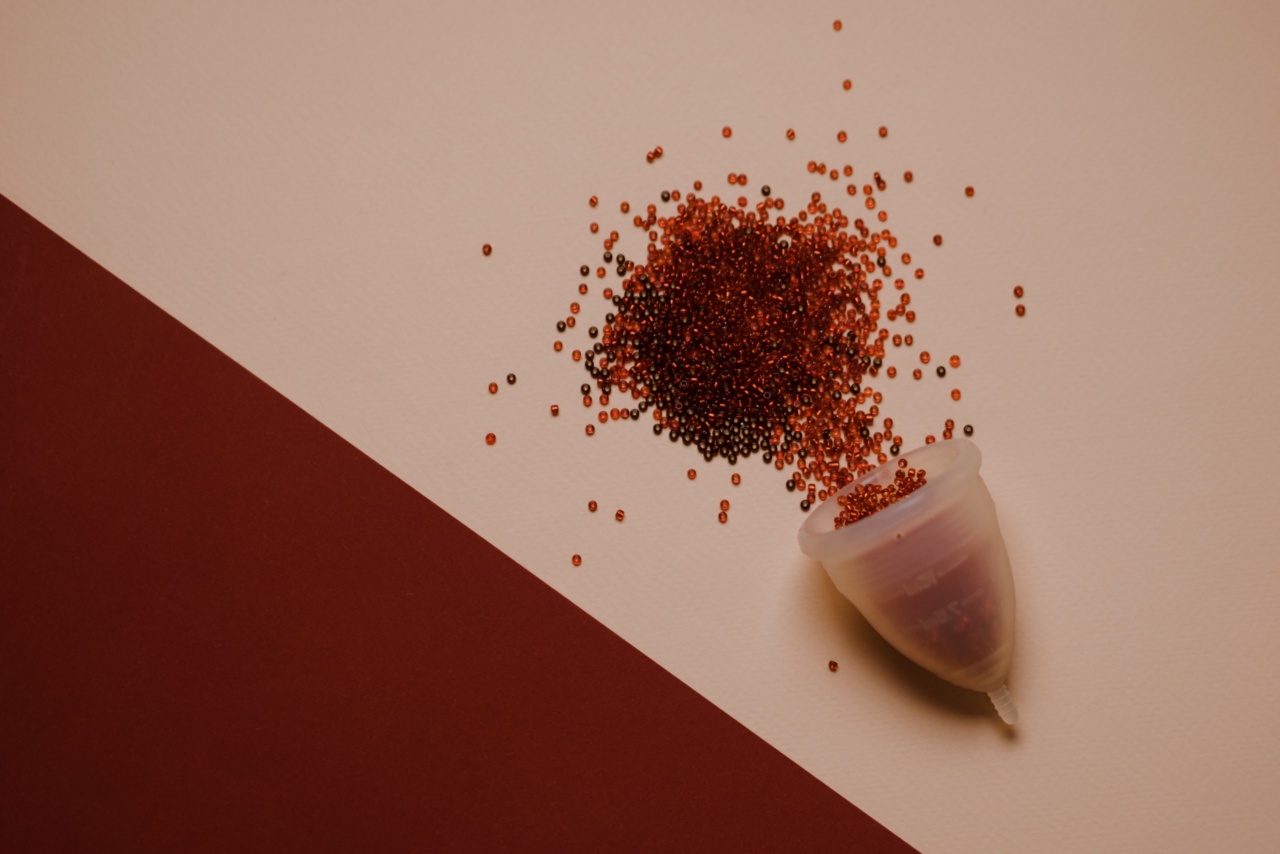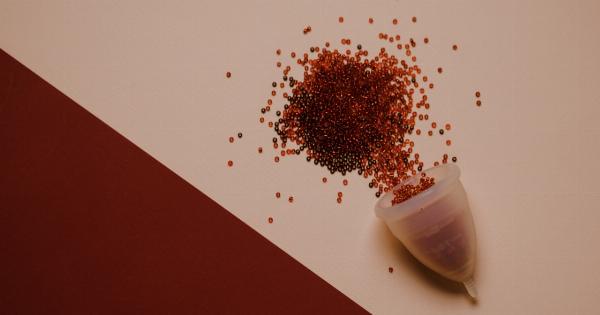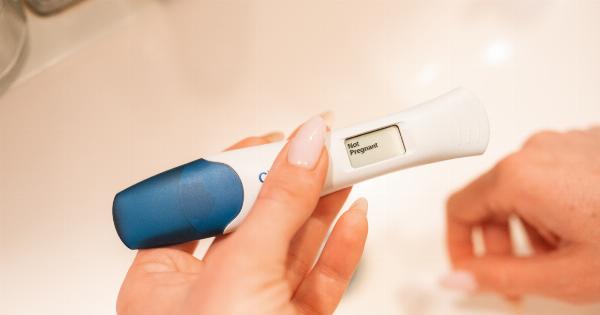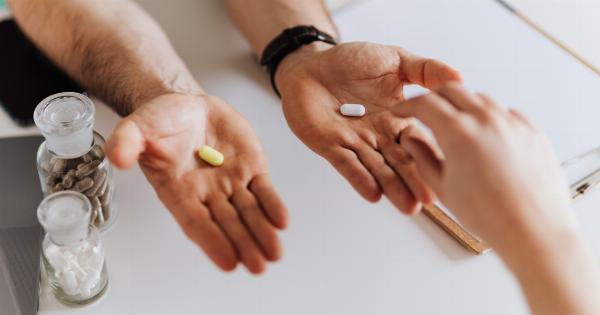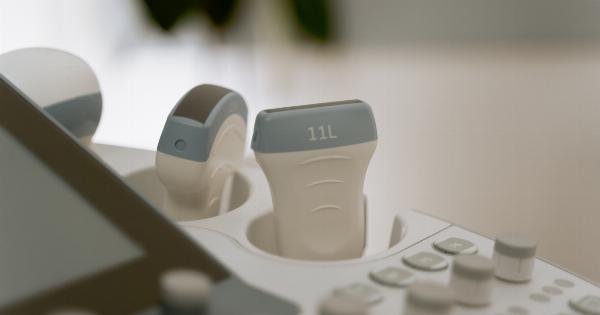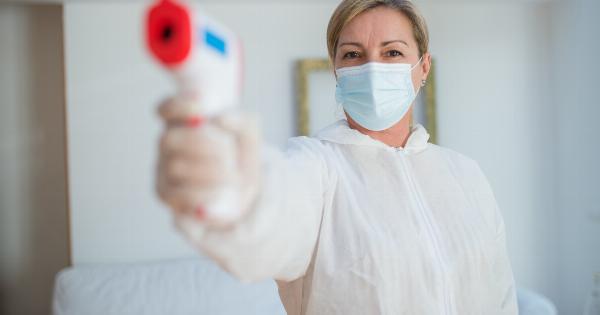Vaginal fibrillation, also known as vaginal atrial fibrillation, is a rare condition characterized by irregular and rapid contractions of the vaginal walls.
This condition can cause discomfort and pain, and may also lead to complications such as infertility. While there are several factors known to contribute to the development of vaginal fibrillation, recent research has indicated a potential link between blood pressure and this condition.
This article will explore the current scientific understanding of how blood pressure affects vaginal fibrillation and its implications for diagnosis and treatment.
Understanding Vaginal Fibrillation
Vaginal fibrillation is a condition that primarily affects women and is characterized by abnormal contractions of the vaginal muscles. These contractions can be rapid, irregular, and uncontrolled.
This condition can result in symptoms such as pelvic pain, discomfort during intercourse, and lower abdominal pain. Additionally, vaginal fibrillation can lead to infertility in some cases, making it an important area of study for researchers and healthcare professionals.
The Role of Blood Pressure
Research has suggested a potential link between blood pressure and vaginal fibrillation.
High blood pressure, also known as hypertension, has been associated with various cardiovascular conditions, and recent studies have indicated that it may also contribute to the development or worsening of vaginal fibrillation.
The exact mechanisms through which blood pressure affects this condition are not yet fully understood, but researchers believe that the increased pressure in the blood vessels may disrupt the normal functioning of the vaginal muscles and lead to the irregular contractions observed in vaginal fibrillation.
Evidence from Studies
Several studies have provided evidence for the relationship between blood pressure and vaginal fibrillation.
In a recent study published in the Journal of Women’s Health, researchers found that women with hypertension were more likely to experience vaginal fibrillation compared to those with normal blood pressure. The study also showed that higher blood pressure levels were associated with more severe symptoms of vaginal fibrillation.
Similar findings have been reported in other studies, further supporting the potential role of blood pressure in the development and progression of this condition.
Possible Mechanisms
Although the exact mechanisms linking blood pressure and vaginal fibrillation remain unclear, researchers have proposed several hypotheses.
One hypothesis suggests that the increased pressure in the blood vessels may lead to reduced blood flow to the vaginal muscles, resulting in their abnormal contractions. Another hypothesis suggests that high blood pressure could disrupt the electrical signals that regulate muscle contractions in the vagina, leading to erratic movements.
Further research is needed to fully understand the underlying mechanisms and validate these hypotheses.
Diagnosis and Treatment
Diagnosing vaginal fibrillation can be challenging, as the symptoms can overlap with other gynecological conditions.
However, considering the potential link with blood pressure, healthcare providers may consider measuring blood pressure levels in women presenting with symptoms suggestive of vaginal fibrillation. If hypertension is detected, it may prompt further investigation and monitoring for vaginal fibrillation.
Additionally, lifestyle modifications and medications aimed at controlling blood pressure may also have a positive impact on managing or preventing the development of vaginal fibrillation.
Prevention and Future Directions
Given the potential relationship between blood pressure and vaginal fibrillation, there is a need for further research to explore preventive strategies.
Lifestyle modifications, such as maintaining a healthy weight, regular exercise, and a balanced diet, can help manage blood pressure levels and may also contribute to reducing the risk of vaginal fibrillation.
Additionally, understanding the underlying mechanisms through which blood pressure affects vaginal fibrillation can aid in the development of targeted pharmacological interventions or other treatment approaches to alleviate symptoms and improve quality of life for affected individuals.
Conclusion
Vaginal fibrillation is a relatively rare condition that can cause significant discomfort and may lead to complications such as infertility.
While research is ongoing to understand its etiology and optimal management, recent studies have suggested a potential link between blood pressure and vaginal fibrillation. Hypertension appears to be associated with a higher likelihood of developing this condition and experiencing more severe symptoms.
Further research is needed to unravel the underlying mechanisms and develop effective preventive and therapeutic approaches. In the meantime, individuals experiencing symptoms suggestive of vaginal fibrillation should consult with a healthcare professional for accurate diagnosis and appropriate management.
